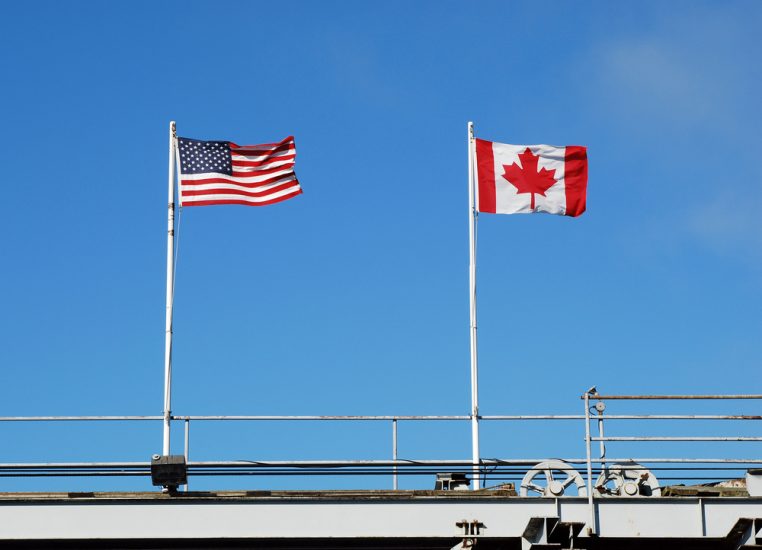The US government has started an initiative between 10 agencies including the US Department of Homeland Security (DHS) Science and Technology Directorate (S&T), Federal Aviation Administration (FAA), US Customs and Border Protection, Department of Defense (DoD) and others in “quickly and accurately detect, track, and identify” slow-flying aircraft, both manned and unmanned, at the northern border with Canada.
According to an article published by the DHS, the northern border between the US and Canada serves as an important conduit for trade and travel into the country. However, safeguarding and securing this vital point of entry presents unique challenges.
“Air domain awareness is the ability to be cognizant of everything that travels through the airspace of a specific geographic region—in our case, the northern border,” explained Teddy Damour, engineer for DHS S&T’s National Urban Security Technology Laboratory (NUSTL). “For DHS, air domain awareness is essential for a wide range of security and defense activities, especially prevention of and responses to potential illegal activities at various points of entry into the US.”
With support from Congress, S&T is working with partners and select vendors on an initiative to test and implement state-of-the-art aerial surveillance technologies, sensors, and capabilities at the northern border.
“Over the next two years, we will be hosting demonstrations and test events in four different geographical regions on the northern border—flat lowland plains, an urban setting, a mountainous region, and a maritime environment” said Damour. “We will develop a test plan utilizing a standardized testing procedure and protocols established by DoD and DHS to assess and test cutting-edge air domain awareness technologies, such as radar systems, cameras, radio frequency detection systems, acoustic devices, and other selected electronic capture equipment to determine how effectively they can provide surveillance capabilities in these diverse environments and terrains.
These air domain awareness demonstrations will utilize multiple small UAS and manned aircraft targets such as DJI Phantom drones, unmanned commercial fixed-wing aircrafts, and small ultralight manned aircrafts—all of which represent common threats in the Homeland.
“These demonstrations and evaluations will be very different from the ones we’ve conducted in the past, where air domain awareness and Counter-Unmanned Aircraft Systems were tested in controlled settings such as airports, cities, and desert environments,” explained Tim Bennett, DHS manager of the Air Domain Awareness (ADA) programme. “This is the real deal. We have no way of knowing how these technologies will perform in these settings—but that’s also why these demonstrations are so important to carry out.”
Because of the impact of COVID-19 on the ADA program schedule, the first round of air domain awareness demonstrations will now take place this spring at Camp Grafton, North Dakota, to assess selected sensors and systems and measure how well they perform in a flat lowland plains environment. This demonstration will consist of four sessions—each 1-week long, with three-to-four vendors participating in each session. Throughout the demonstrations, vendors’ air domain awareness technologies will be scrutinized using S&T’s comprehensive test plan.
“Their performance during the tests and assessments, and the resulting data will be crucial in informing us and our stakeholders on how effectively these surveillance systems will be able to detect, identify, and track relevant threats along this particular section of the northern border,” explained Damour.
For more information visit:




